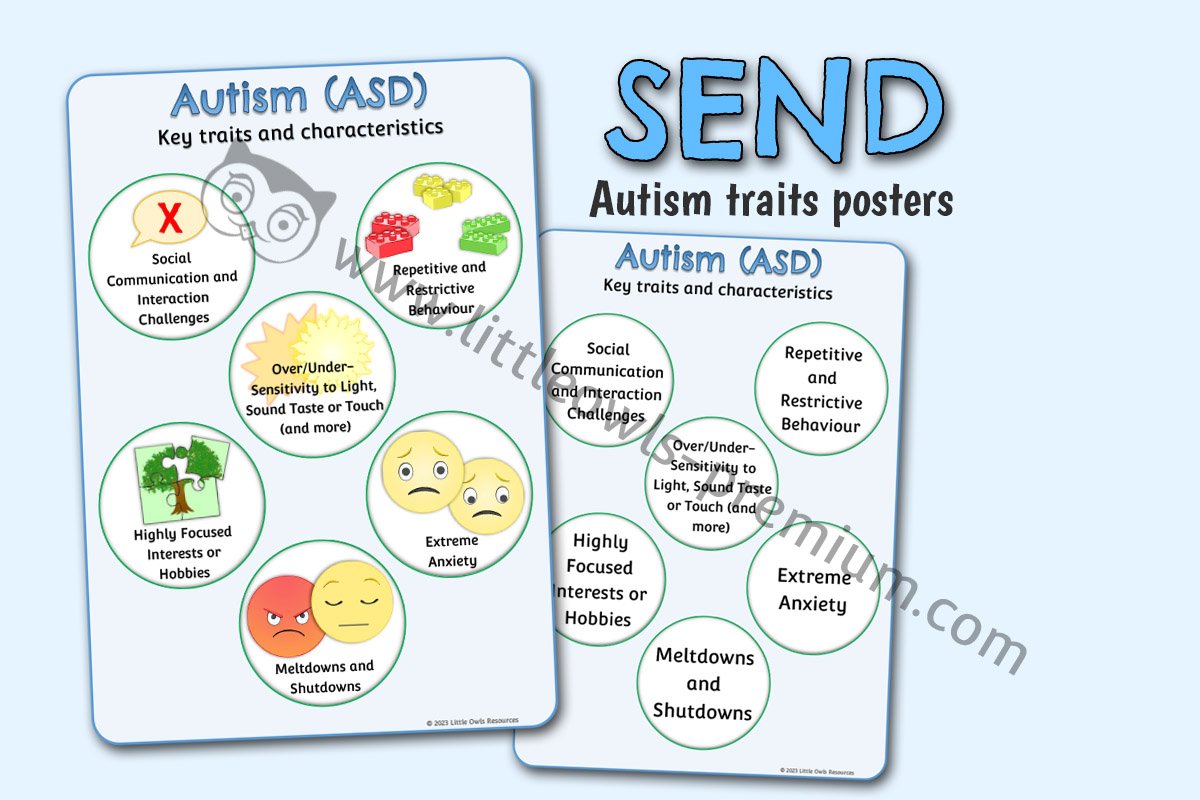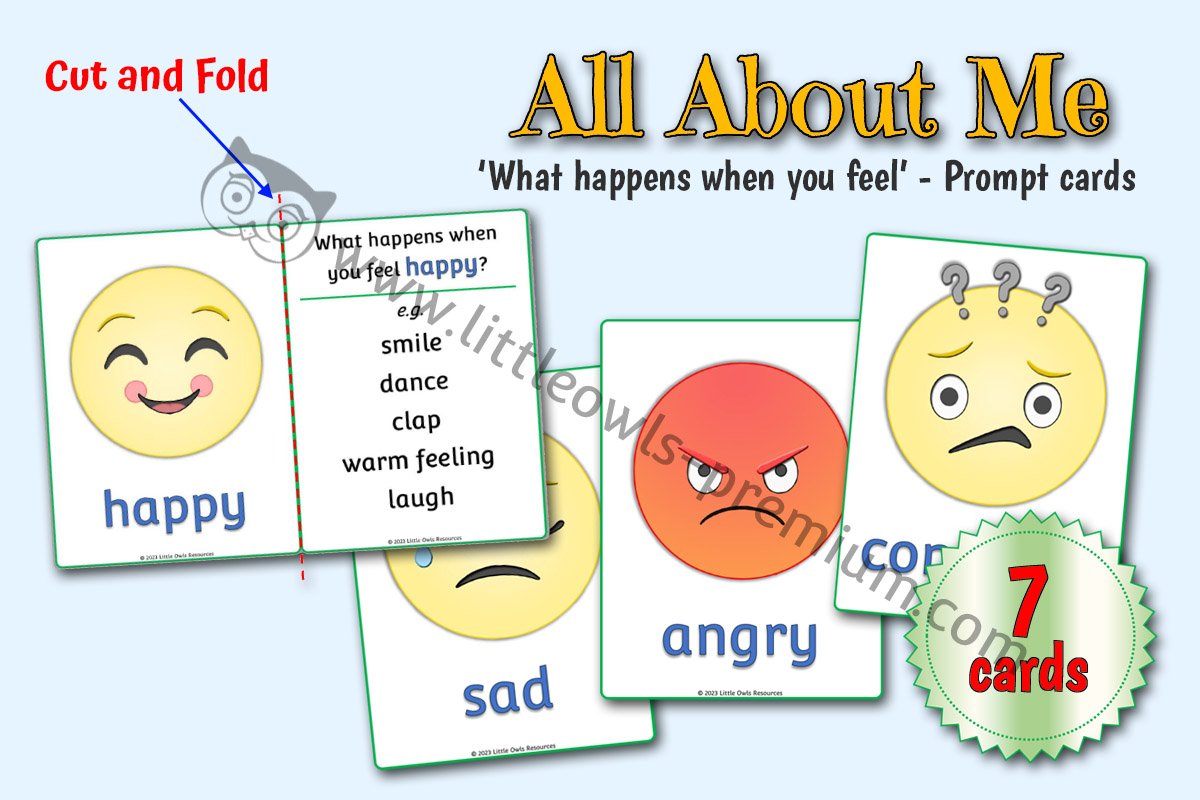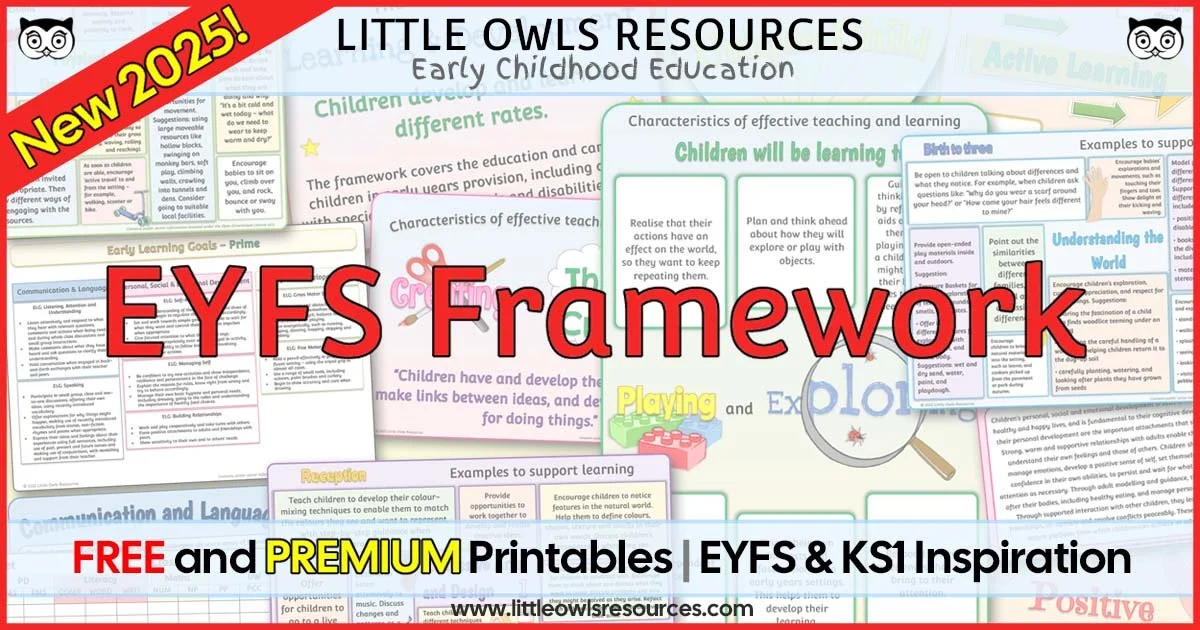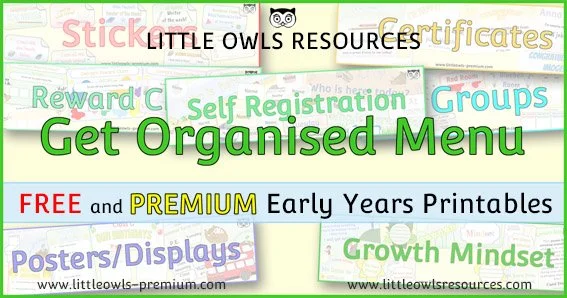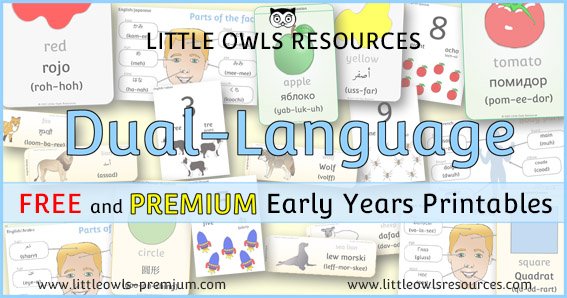SECTIONS on this page:
Free Sample Resources
What is autism?
Support for children on the autism spectrum
Support Materials/Resources within the following areas:
Social Communication and Interaction Challenges
Over/Under-Sensitivity to Light, Sound Taste or Touch (and more)
Repetitive and Restrictive Behaviour
Highly Focused Interests or Hobbies
Extreme Anxiety
Meltdowns and Shutdowns
How to talk and write about autism
The Causes of Autism
Autistic Women and Girls
Autism Profiles
Coexisting conditions
Getting involved and related Awareness Dates - World Autism Acceptance Month, World Autism Acceptance Day - Neurodiversity Celebration Week (Scroll down to find out more) Plus (Free) Silly Socks resources
Key websites for reference and further research
FREE SAMPLE RESOURCES!
(Click on the images below to find out more)
If you are not a member already, become a ‘Free Access’ member here. This will give you access to resources within the ‘Free Sample Resources’ sections at the top of most pages and ‘Special Dates Calendars’. Some whole topics are even free! Find out more about all of our membership options here. If you are already a member… thank-you! x
Please note that both Editable (docx file) and non-editable (pdf file) versions are available for all resources found on this page. (Editable files require Microsoft Word to work at optimum level and Non-Editable files require a pdf viewer.)
What is autism?
Autism is a spectrum condition. It is not an illness or disease. It means that your brain works in a different way to that of most people.
It is estimated that more than one in 100 people are on the autism spectrum and there are around 700,000 autistic adults and children in the UK.
Being autistic can mean very different things. There is no such thing as a ’typical’ autistic person, as traits can vary widely from individual to individual. Current practice in the UK gives a diagnosis for ASD (Autism Spectrum Disorder). Other terms you may have heard include Asperger’s/Asperger Syndrome and High or Low Functioning Autism. These terms are a little outdated and carry some controversy, however many people on the autism spectrum may still identify with them. Some more recent literature may use the phrase Autism Spectrum Condition (ASC) as it is felt to reflect the feeling that strengths are involved in addition to challenges and difficulties. Everyone who identifies as being on the autism spectrum will have a different set of strengths, weaknesses, qualities and needs.
Here are some of the key traits and characteristics that many autistic people (adults and children) share:
Social Communication and Interaction Challenges
Repetitive and Restrictive Behaviour
Over/Under-Sensitivity to Light, Sound Taste or Touch (and more)
Highly Focused Interests or Hobbies
Extreme Anxiety
Meltdowns and Shutdowns
More detailed descriptions regarding the above key characteristics can be found at www.autism.org.uk/advice-and-guidance/what-is-autism and further information may be found at www.autismeducationtrust.org.uk/about/what-is-autism.
Traits associated with the autistic spectrum are found in the general population, however it is the severity, intensity and co-occurrence that lead to a diagnosis.
For more in-depth information regarding some of the identified profiles within the spectrum please scroll down to the ‘AUTISM PROFILES’ section on this page.
Support for children on the autism Spectrum
Children on the autism spectrum will all require different levels of support. Some will require 24-hour care, whilst others may (for example) take longer to process what someone has said and benefit from visual cues such as picture communication.
The National Autistic Society states that “Autism is a spectrum disorder which means autistic people can have varying support needs. One third of autistic people also have a learning disability. The autism spectrum isn't linear and many people talk about the 'spikey profile.' This means an autistic person could be a leading expert on nuclear physics but unable to remember to brush their teeth or clean their clothes. Some autistic people will have high support needs, which may mean that they require full time care and support. Some people may need a bit of support with day to day activities, while others live fully independent lives. With the right support in place, all autistic people should be able to live the life they choose.”
Support Materials/Resources
Here are some resources we have put together which may help to support autistic children of varying ages:
Social Communication and Interaction Challenges
Communication and interaction difficulties differ widely amongst those on the autism spectrum. Some individuals may be unable to talk whilst others have very good language skills, but may find it difficult to interpret sarcasm or tone of voice. Autistic adults and children may also ‘take things literally’, repeat back what others say to them (echolalia) and/or need a little longer to process information or respond to questions.
Picture Communication
For many of the above difficulties, it can be helpful to use pictures to communicate. For those who are fully or partially non-verbal, it can be a way for people to express themselves. For those who find that they take longer to process information, picture cues can be a helpful tool.
Emotions and Feelings
Autistic people can find social interaction challenging. Many have difficulties reading social cues and interpreting the feelings, actions and intentions of others. Having trouble identifying and expressing their own feelings also makes social communication more difficult.
You may find some helpful tools on our ‘Emotions and Feelings’ page.
Social Interaction
If it is felt that a child may benefit from social interaction, you may like to try out setting up a role play area. This way there will be support materials around to give some structure to communication. In addition, practitioners/professionals may be able to help with key phrases that are used within that particular environment, such as in a shop role-play a key phrase may be ‘How much does this cost please?’
‘Let’s Connect With Each Other’ Materials
Depending on your particular child(ren), you may find some of our ‘Let’s Connect’ materials useful. A selection of activity ideas presented as either posters or cards designed to encourage communication and connectiveness.
Over/Under-Sensitivity to Light, Sound Taste or Touch (and more)
Some children and adults may have sensory processing difficulties. This is very common. Sensory processing difficulties vary and so two children may have two very different sets of sensory difficulties. Sensory processing refers to how our bodies receive information from our senses, internalises, processes it and responds. For example these systems enable us to have an understanding of when a sound is too loud or when we may need to go to the toilet. Children who have difficulties with aspects of these systems may over- or under-respond to sensory information their bodies receive. These children require support from those around them to learn strategies in order to make everyday tasks more manageable. They also require our understanding of the challenges faced and in many cases an alteration of our expectations.
Systems/senses involved:
Vestibular (inner ear controls how we respond to movement and keeps us oriented when moving or stationary)
Auditory (recognition of sound)
Proprioception (sensing where each part of our body is and how it is moving without needing to see it)
Smell/Taste
Vision
Tactile (response to light touch, pain and temperature through skin receptors)
Interoception (sensing internal signals from your body, e.g. a growling tummy indicating hunger, dry mouth for thirst, needing the toilet, feeling your heart race, physical sensations connected with emotions, etc.)
We hope you may find some of the following resources useful:
How does the activity make you feel?
Children with Special Educational Needs and Disability can often experience the world in a different way to most. It can also sometimes be difficult for these children to express their feelings concerning this.
This resource is intended to help children and their parents/carers/teachers identify sources of anxiety and distress and also enjoyment. Strategies can then be put in place surrounding these findings.
Sensory Systems Poster
Children with sensory processing difficulties may over- or under-respond to sensory information their bodies receive. It can also sometimes be difficult for these children to express their feelings concerning this.
It is therefore important for parents/carers/teachers to be aware of the different systems involved with sensory difficulties. To that end we have created a poster which highlights the sensory systems:
Smell/Taste
Interoception
Tactile
Vision
Proprioception
Auditory
Vestibular
Sensory Preference Cards
Children with sensory processing difficulties may over- or under-respond to sensory information their bodies receive. It can also sometimes be difficult for these children to express their feelings concerning this.
This resource is intended to help children and their parents/carers/teachers identify, assess and monitor children’s feelings about and responses to sound, smell, taste, temperature, light and touch.
What happens when you feel? Prompt Cards
These cards were intended to be used with a group for children to really think about an emotion and how it makes them feel and behave. The cards could also be used in a more focused way to analyse interoceptive feelings within the body such as a fluttery tummy when we feel nervous.
Individuals with sensory processing difficulties and those who struggle with change, may find it helpful to become more familiar with what to expect in a new situation before experiencing the full new environment. You may like to browse our role play area packs to see if any would be helpful for your particular children.
Please note that we have many more ‘Role Play Area’ ideas and we add to this collection periodically. For this reason you may like to check back every now and then.
Repetitive and Restrictive Behaviour
Those on the autism spectrum often find life too unpredictable and confusing; having to navigate social expectations and unwritten rules. Comfort can sometimes be found through routine and repetition. Large changes to routine such as changing schools can be particularly distressing.
Below is a link to our ‘Timetables and Routines’ page on which you may find some useful printable resources and materials. Resources such as our ‘What’s happening?’ Now/Next First/Then Visual Support Boards featured to the right.
Highly Focused Interests or Hobbies
Many individuals on the autism spectrum become highly focused on a specific interest or hobby. This can lead to a sense of fulfilment and enjoyment, but also can lead to neglect of other areas of their lives. Many autistic people become experts in their particular field.
Yo may find our ‘Themes’ page useful when planning for special interests. Please note that we are continually adding new topics to our website, so you may wish to keep checking back or suggest a theme here.
In addition, you may find our ‘Child Interests Planning’ templates useful…
Extreme Anxiety
Anxiety can present a huge problem for autistic individuals. It can be particularly difficult to manage during social situations and change. It is important that people on the autism spectrum identify triggers for their anxiety and find strategies to deal with this in order to look after their mental health. In combination with this, autism often means that it is difficult for children and adults alike to recognise and regulate their emotions.
According to the National Autistic Society “Over one third of autistic people have serious mental health issues”.
We hope you will find the information, resources and strategies on our ‘Mental Health’ page useful.
WHEN I FEEL WORRIED - PROMPT TEMPLATES
It can often be difficult to deal with feelings of worry and anxiety. Once these feelings become overwhelmingly strong, it can be difficult to get passed them.
These 2 sheets are designed for children and adults to discuss what helps a particular child to feel happy when they are worried. This could be things like cuddling a particular soft toy, colouring, playing Lego, reading a book, etc. Once strategies have been decided, the child could make marks in the box(es) that will remind them of this strategy when they need to use it. Alternatively, adults may create picture prompts to place in the box(es).
Meltdowns and Shutdowns
Meltdowns and Shutdowns - Posters
Children with Special Educational Needs and Disability can often experience the world in a different way to most. This may mean that their body reacts in a different way to their surroundings. Sometimes this can result in an individual becoming completely overwhelmed, leading to a meltdown or shutdown.
These posters highlight some of the key characteristics of meltdowns or shutdowns and how to respond.
We hope they help!
How to talk and write about autism
As a practitioner, parent or carer you may be considering how best to talk about autism. If this is the case, you may find the results of research done by The National Autistic Society useful… www.autism.org.uk/what-we-do/help-and-support/how-to-talk-about-autism. Of course the individual preferences of each person on the autism spectrum is of most importance.
The Causes of Autism
Research suggests that autism is likely to be genetic. It is not caused by poor upbringing, diet, emotional deprivation or an infection that can be spread to other people. It has also been comprehensively shown after much research, that there is no link between autism and vaccines.
Scientists have been investigating genes which may be involved for many years. Currently it is thought that rather than a single gene being responsible, it is likely to be a combination of multiple genes. More information may be found at www.autism.org.uk/advice-and-guidance/what-is-autism/the-causes-of-autism.
Autistic Women and Girls
Previously it was thought to be very rare for girls and women to be on the autism spectrum. It was understood to be a predominantly male condition. Now, many more girls, women and non-binary people are discovering they are autistic. For many this discovery occurs later in life as outdated stereotypes are beginning to be confronted.
Women and girls still find it challenging to receive a diagnosis due to outdated ideas of what autism looks like, who can be autistic and misdiagnosis. It is possible that there is a ‘female autism phenotype’. This means that autistic women, girls and those who identify as non-binary could predominantly have traits which do not completely fit the traditional view of autistic characteristics. It also appears likely that girls are able to ‘mask’ more readily. Consequently, within a social setting such as school girls may be more likely to change their behaviours to ‘fit in’ than their male counterparts. This however, can take a huge emotional toll and result in stress, anxiety and overwhelm. In school, there are also additional reasons that those who fall into this phenotype may be missed. For example (perhaps due to masking or experiencing fewer social difficulties in general) girls are more likely to be part of a friendship group. Girls may be more likely to have repetitive behaviours and highly focused interests that don’t stand out as much. For example, perhaps hair twirling as opposed to rocking back and forth and intense interest in animals rather than trains. It is not the particular topic of special interest that differentiate them from their peers, but the intensity of these interests and the length of time spent engaging in them that should qualify as evidence of an autistic trait. Due to a lack of knowledge within the healthcare community about how autism may present in females, many women and girls are misdiagnosed with mental health issues or autism is missed as it is hidden by co-occurring conditions.
More information can be found at: www.nasen.org.uk/resources/girls-and-autism-flying-under-radar and www.autism.org.uk/advice-and-guidance/what-is-autism/autistic-women-and-girls.
AUTISM PROFILES
Within the autism spectrum, clusters of traits may often be found together giving rise to a so called profile or presentation. Sometimes this set of characteristics may be quite different to what may be perceived as defining autism. Much research is still needed as to the breadth of the autism spectrum and the profiles therein. For example (as mentioned previously), females may often present with different traits to the traditional male stereotype and consequently fall under the radar.
Pathological Demand Avoidance (PDA) is an emerging profile that sits within the autism spectrum. Children and adults present with some of the key traits of autism, however extreme differences in some traits means that very different strategies need to be adopted. It is the generally accepted understanding that extreme anxiety in these cases leads to a need to control their environment and avoid the demands of everyday life.
Much more information concerning this profile may be found at the following sites:
Coexisting conditions
Research suggests that many (or even most) people on the autism spectrum have at least one other condition. Some of these conditions include:
Attention Deficit Hyperactivity Disorder (ADHD)
Dyslexia
Anxiety
Depression
Epilepsy
Down syndrome
Learning disability
Sensory Processing Disorder (SPD)
(Information regarding some of the above conditions coming to Little Owls-Premium soon.)
Getting involved and Related Awareness Dates
World Autism Acceptance MOnth
World Autism Acceptance Month is observed every April to raise awareness, promote acceptance, and support individuals with autism. It aims to shift the focus from "awareness" to true acceptance, encouraging inclusion and understanding of people on the autism spectrum.
Key Facts About World Autism Acceptance Month
When? April (with World Autism Acceptance Day on April 2nd).
Purpose:
Promote acceptance, inclusion, and support for autistic individuals.
Challenge misconceptions and stereotypes about autism.
Advocate for better education, services, and opportunities.
Organised by: Various autism organisations, including the Autistic Self Advocacy Network (ASAN), National Autistic Society (UK), and Autism Speaks.
Why "Acceptance" Instead of "Awareness"?
While awareness is important, acceptance promotes genuine inclusion.
The shift reflects the idea that autistic individuals should be valued, understood, and supported, rather than just acknowledged.
How is Autism Acceptance Month Celebrated?
🧩 Wearing the Color Gold (Au) or Red Instead of Blue – Many advocate for gold (Au, from the periodic table, symbolising autism pride) or red ("#RedInstead") as a shift from the traditional blue.
📚 Educational Events & Workshops – Schools and workplaces host discussions on autism acceptance.
💙 Social Media Campaigns – Hashtags like #AutismAcceptance, #RedInstead, and #NothingAboutUsWithoutUs spread awareness.
🎨 Creative Activities – Art, storytelling, and inclusive projects that highlight neurodiversity.
🤝 Community Support & Advocacy – Fundraisers, support groups, and policy discussions to improve services for autistic individuals.
Common Misconceptions About Autism
🚫 Myth: Autism is a disease that needs curing.
✅ Truth: Autism is a neurological difference, not a disease.
🚫 Myth: All autistic people have the same challenges.
✅ Truth: Autism is a spectrum, meaning individuals have unique strengths and challenges.
🚫 Myth: Autistic people lack emotions or empathy.
✅ Truth: Many autistic people experience deep emotions, but they may express them differently.
Find out more about ‘Autism Acceptance Month’ and how to get involved here: https://waaw.autism.org.uk/
(You may find our ‘Colours’ topic resources useful.)
(Free) Silly Socks resources
World Autism Acceptance Day
World Autism Acceptance Day is observed every April 2nd to promote acceptance, inclusion, and understanding of autistic individuals worldwide. It is part of World Autism Acceptance Month (April) and was officially recognised by the United Nations in 2007.
Key Facts About World Autism Acceptance Day
📅 Date: April 2nd (every year)
🌍 Recognised by: The United Nations (UN)
🎯 Purpose:
Shift from awareness to true acceptance of autism.
Advocate for the rights, inclusion, and support of autistic individuals.
Encourage education, understanding, and respect for neurodiversity.
Neurodiversity Celebration Week
Neurodiversity Celebration Week is an annual event dedicated to recognising, embracing, and celebrating neurodiversity in schools, workplaces, and communities. It aims to challenge misconceptions about neurological differences and promote acceptance, inclusion, and support for neurodivergent individuals.
Key Facts About Neurodiversity Celebration Week
📅 When? Usually held in March each year (dates vary).
🌍 Founded by: Siena Castellon, a neurodivergent advocate, in 2018.
🎯 Purpose:
Raise awareness and understanding of neurodivergent conditions, such as:
Autism (ASD)
ADHD
Dyslexia
Dyspraxia
Dyscalculia
Tourette Syndrome
Promote inclusion and recognise the strengths of neurodivergent individuals.
Encourage schools, employers, and organisations to provide better support.
How Is It Celebrated?
🏫 Schools & Universities:
Educational workshops on neurodiversity.
Activities highlighting neurodivergent strengths.
Encouraging neurodivergent students to share their experiences.
🏢 Workplaces & Organisations:
Hosting talks & panel discussions on neurodiversity.
Promoting inclusive hiring practices.
Recognising the skills and contributions of neurodivergent employees.
📢 Social Media & Awareness Campaigns:
Using hashtags like #NeurodiversityCelebrationWeek and #NeurodiversityMatters.
Sharing stories and experiences of neurodivergent individuals.
Why Is It Important?
🚀 Encourages strength-based thinking – Recognising neurodivergent skills like creativity, innovation, and problem-solving.
🤝 Supports inclusion – Helps create better learning and working environments.
💡 Breaks stereotypes – Moves beyond misconceptions and promotes real acceptance.
Key websites for reference and further research
More information, advice and support can be found on the following useful websites:







